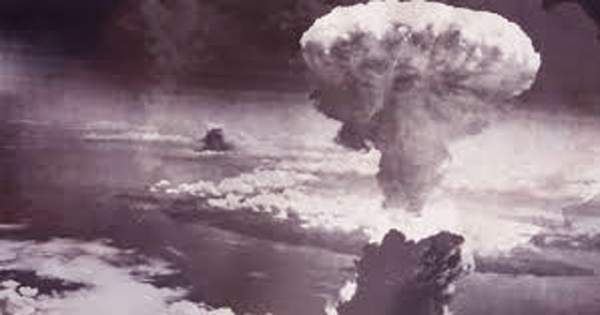The nearly 40-minute-long video, released by the country’s state-run nuclear department, tells listeners before they testify that the engineering and design behind the bomb had been dropped. Images that aren’t disturbing, really, when you consider how big the bomb was; A huge bomb weighing 27 tons and measuring about eight meters in length could not fit into the Tu-95V Soviet bomber without removing some fuel tanks.
Despite how powerful it was and the damage that was undoubtedly caused, the bomb was dropped at the same distance from Manchester to Liverpool – just 34 miles from the town of Severni. The Soviet RDS-220 was so powerful that it was lowered from a parachute-attached aircraft to ensure the crew had enough time to survive the explosion. Even then, the crew could not be sure they would survive.
The jar bomb was effectively too large and unreasonable to ever use. Indeed, the spectacular scale of the explosion is often cited as one of the driving forces behind the Partial Nuclear Test Ban Treaty of 1963, where the United States and the USSR agreed to stop testing nuclear bombs in the atmosphere, outer space, and underwater.
All of these wooden and brick buildings in the city were instantly destroyed, and in the Soviet districts, all sorts of damage were reported as houses and roofs were demolished a few miles away from the blast zone. Some reports even suggest hijacking Windows in Norway and Finland. Fortunately, the Tsar Bomb 19 was one of the last top nuclear tests on land after the Soviet Union, the United States, and the United Kingdom signed a treaty banning partial tests in 1963, all future tests had to be done underground.















